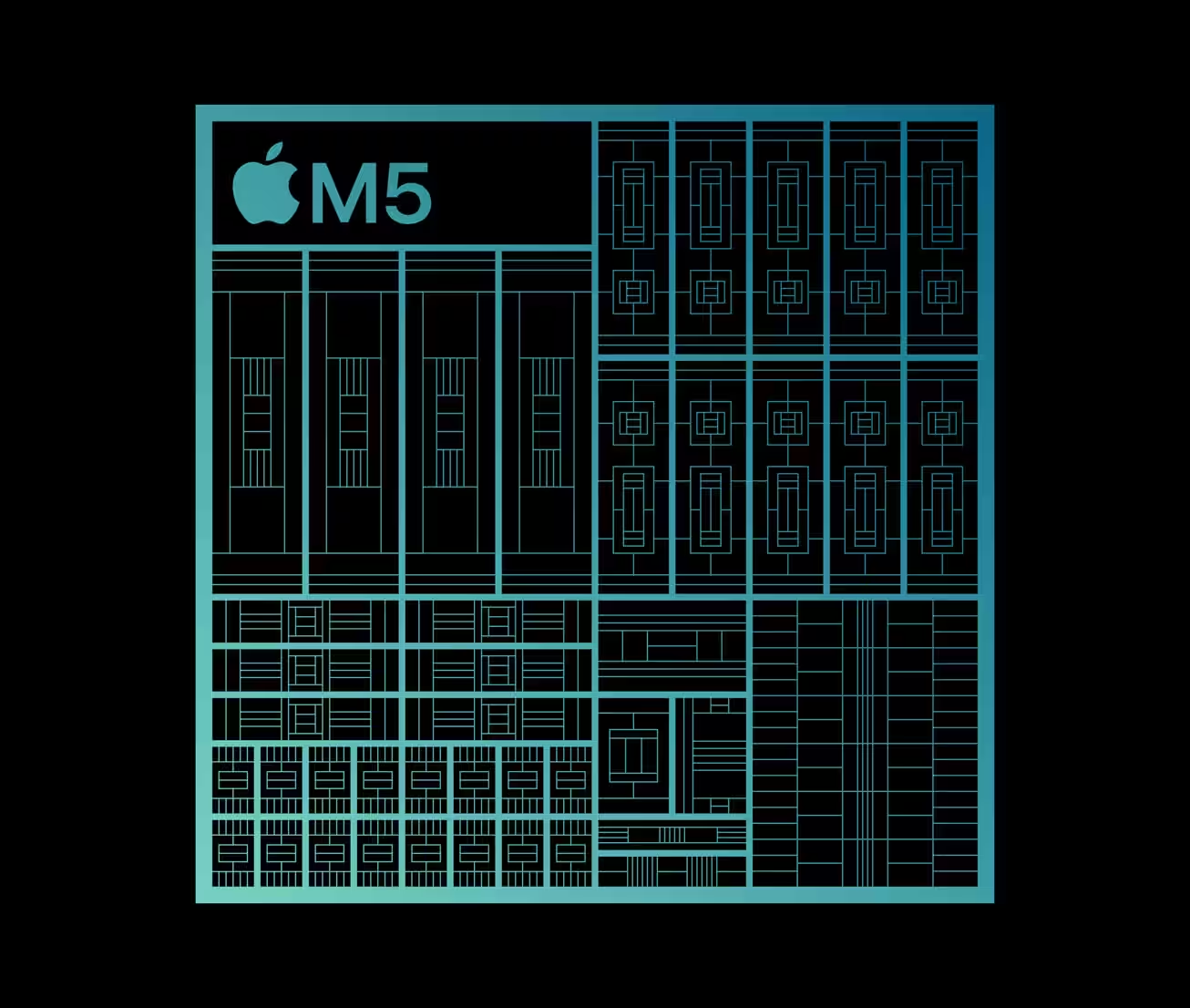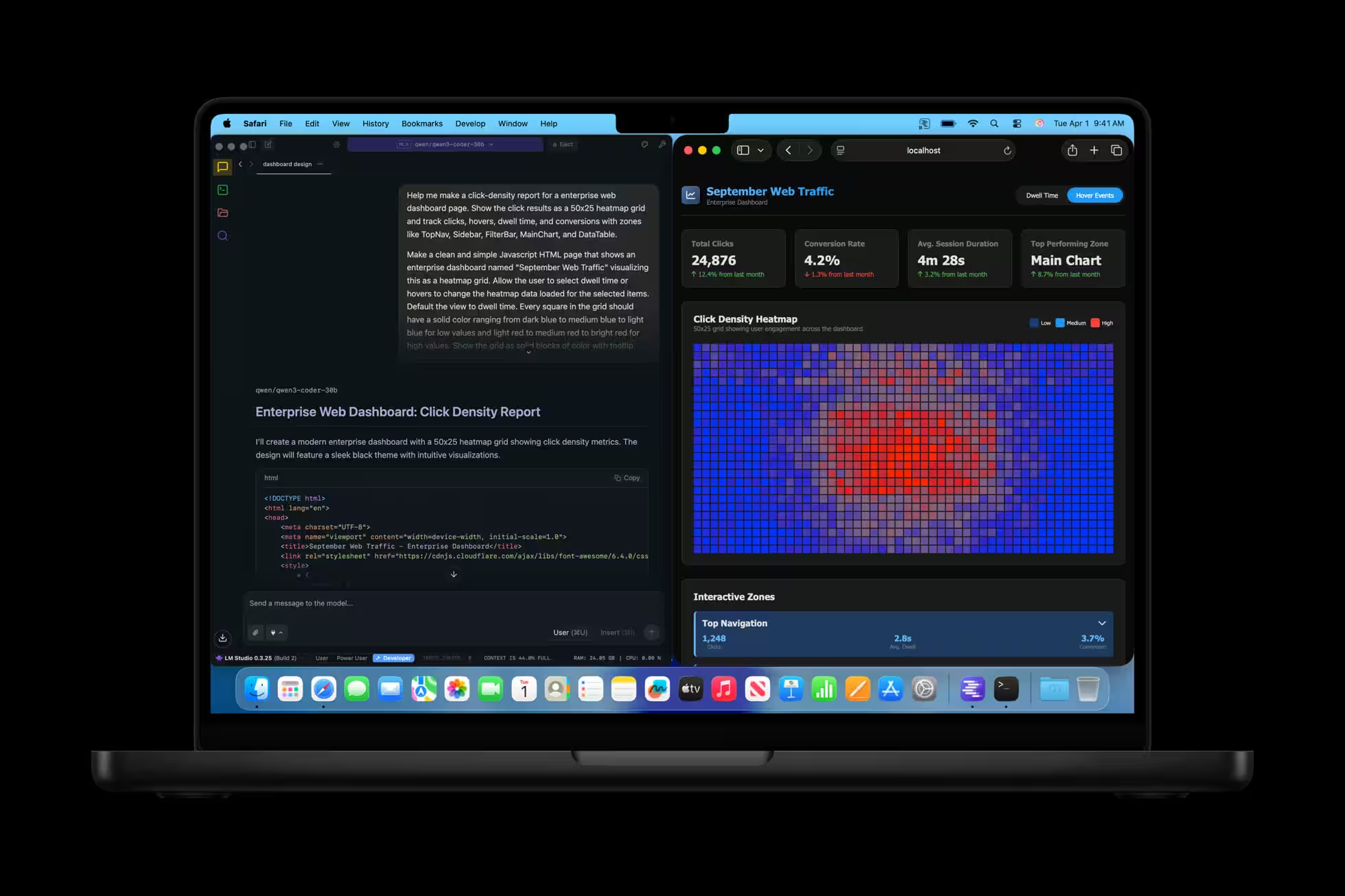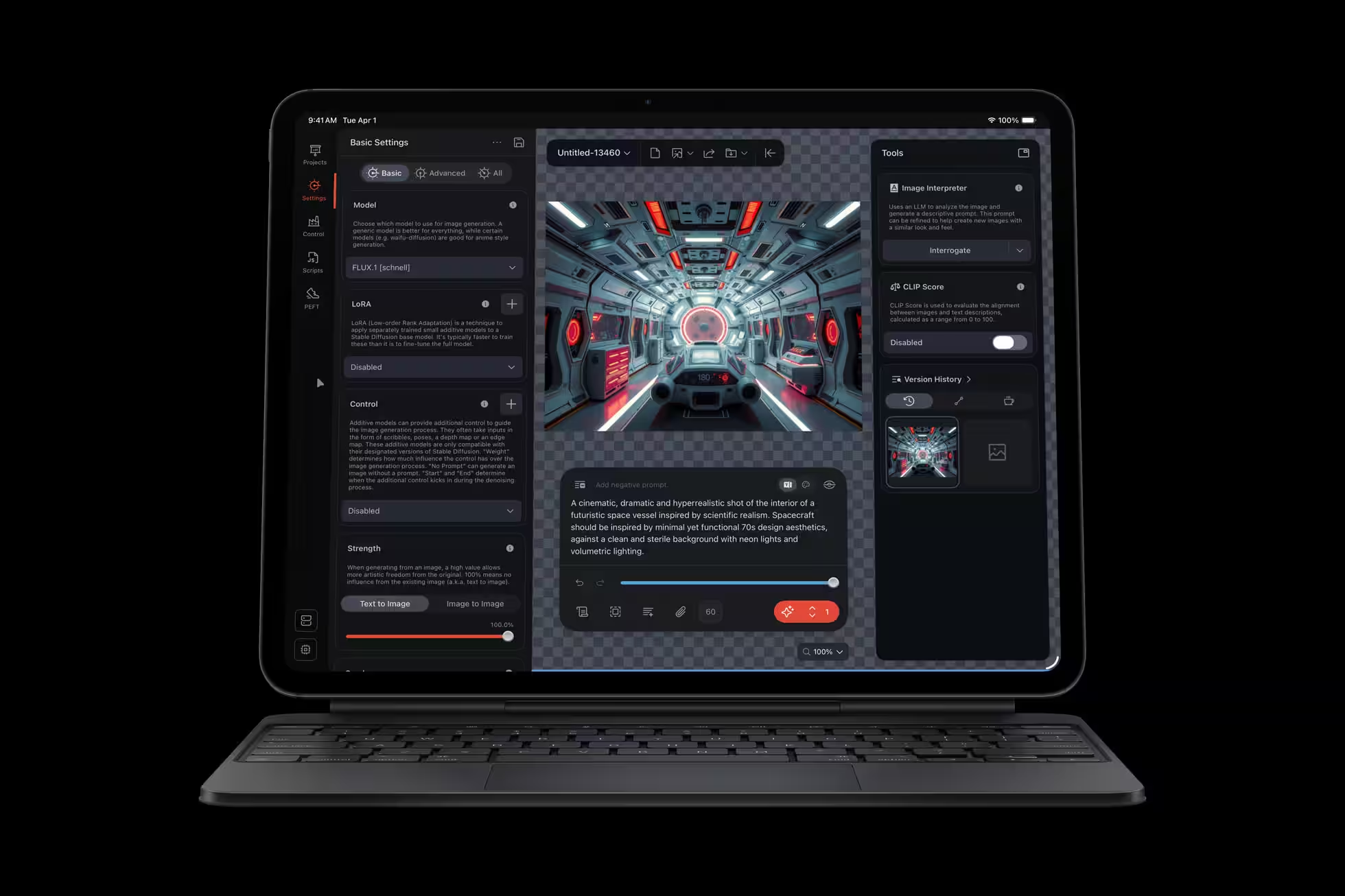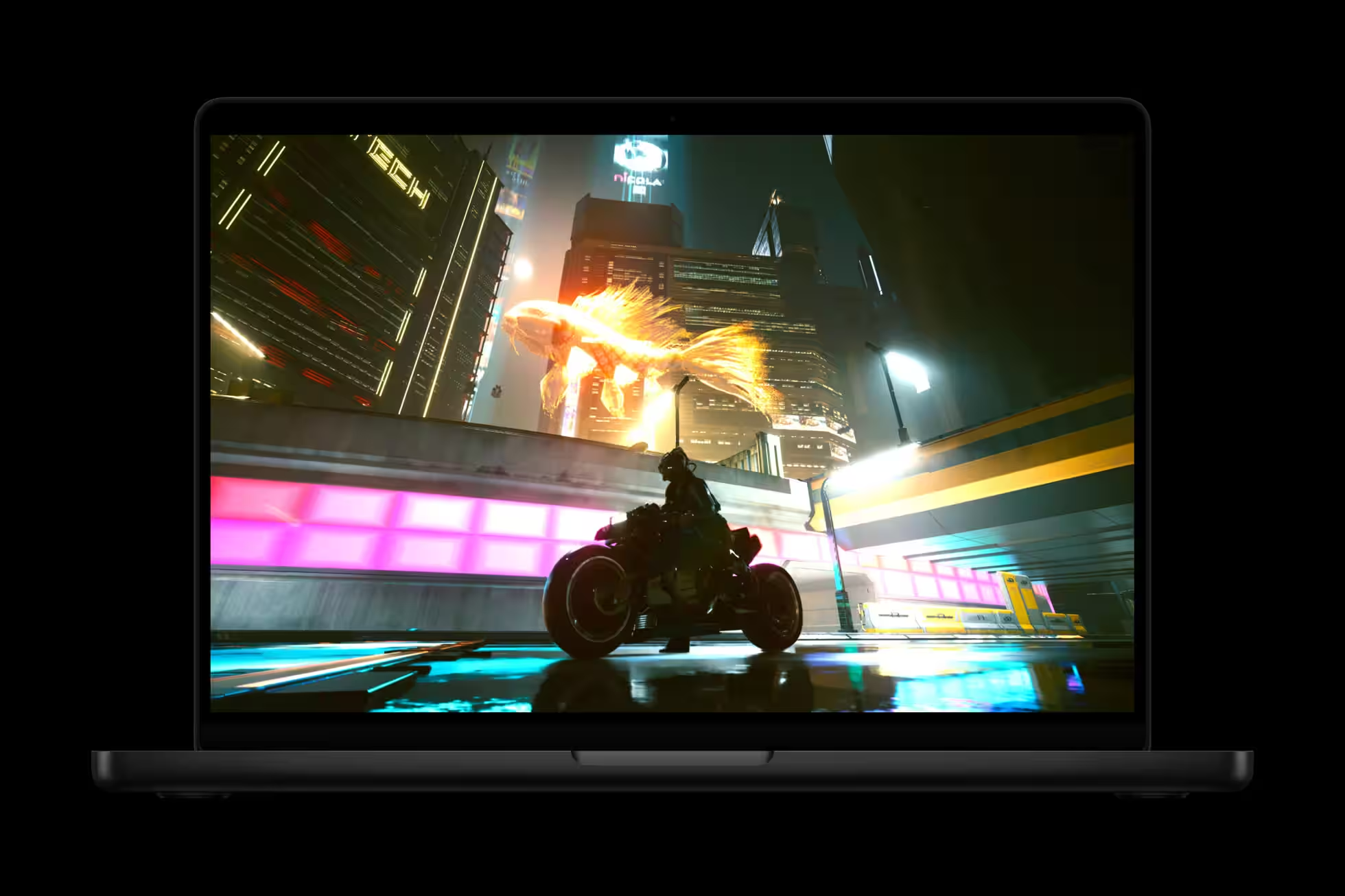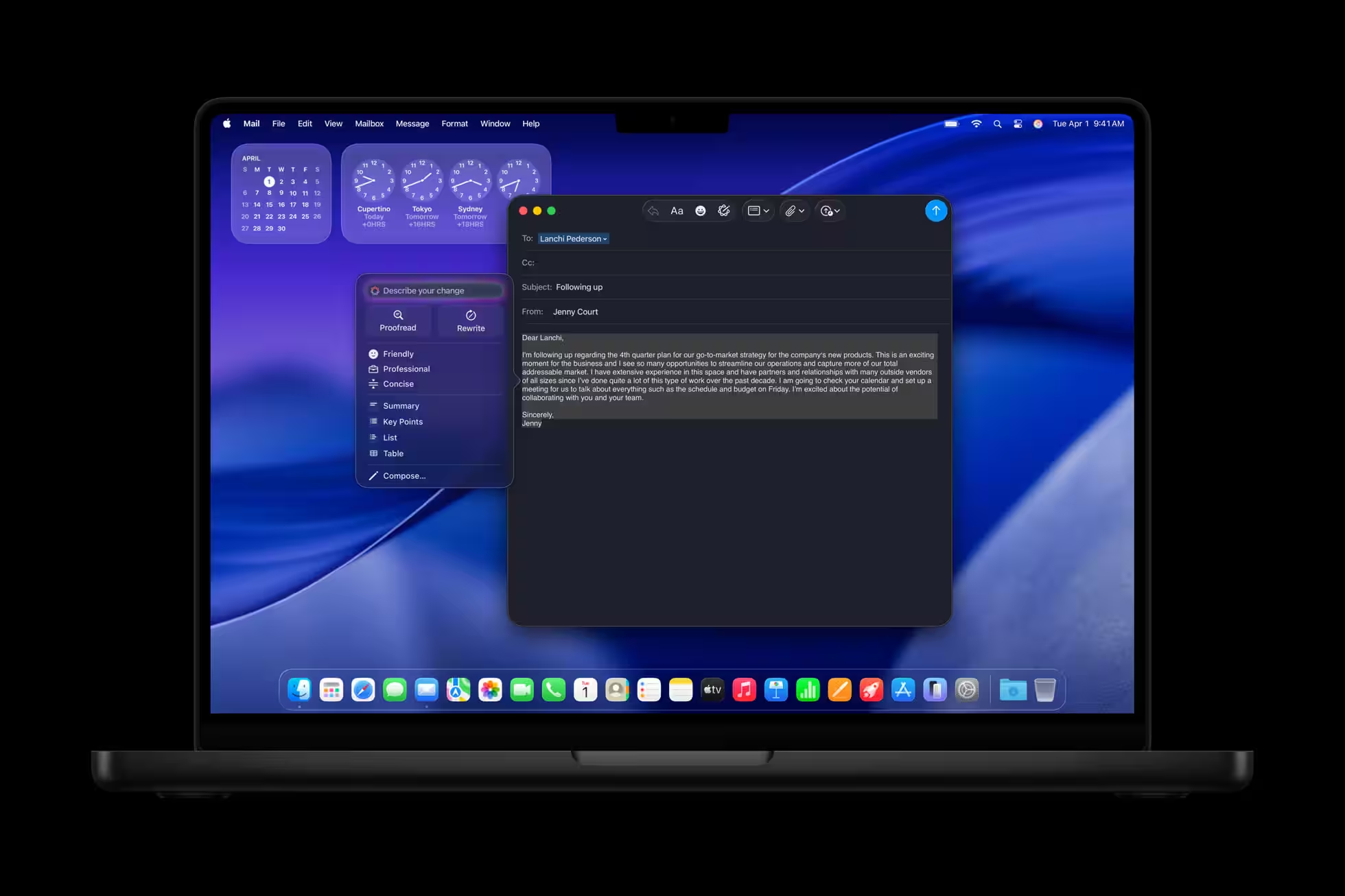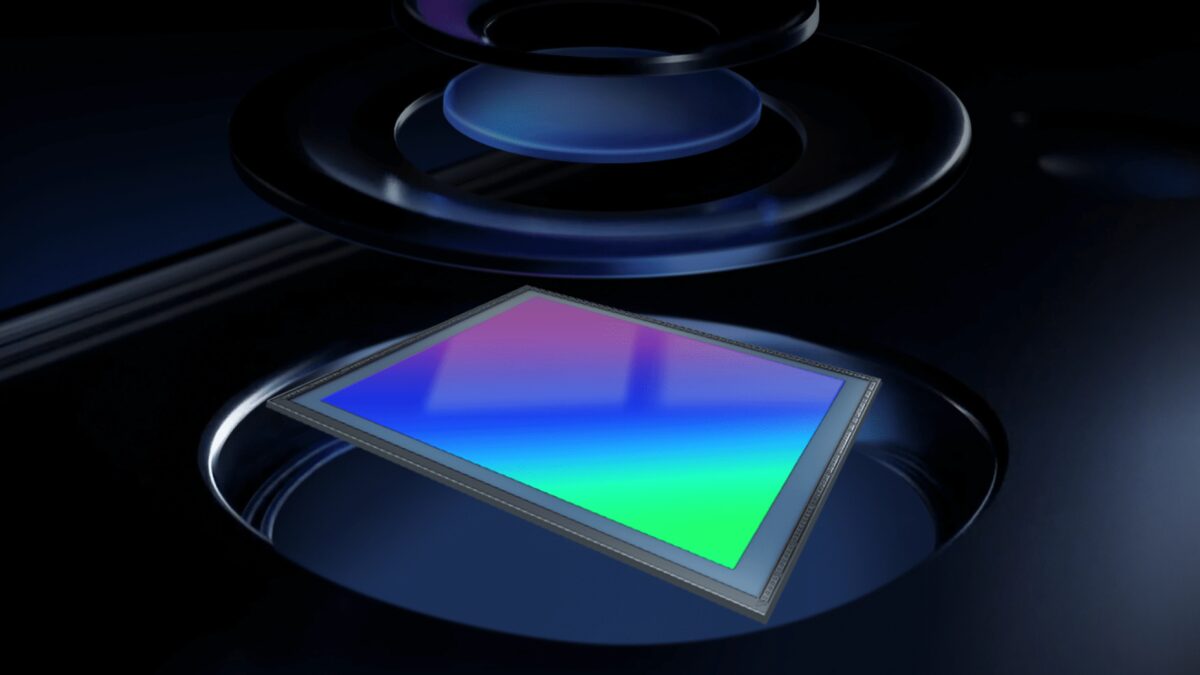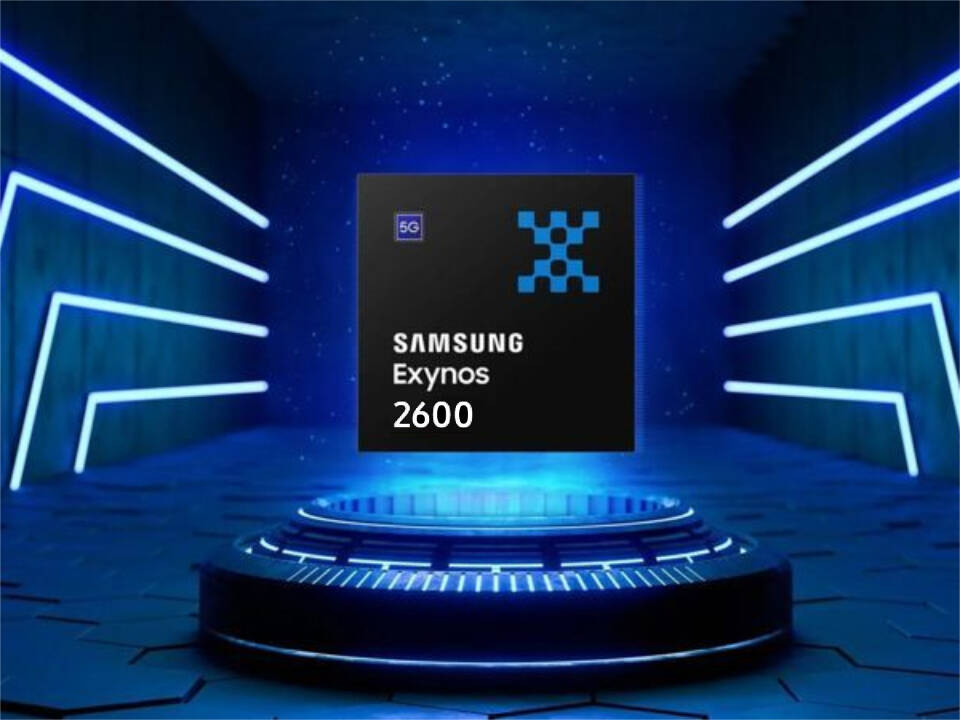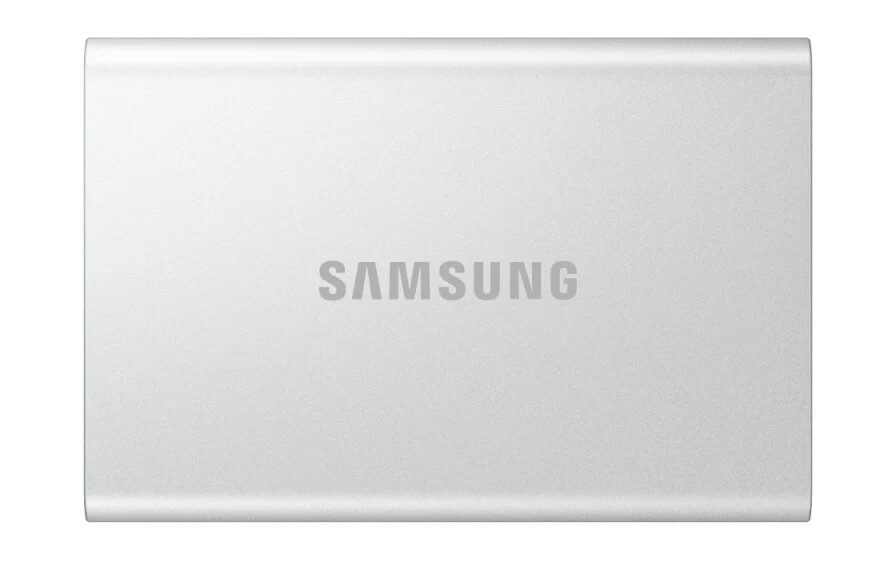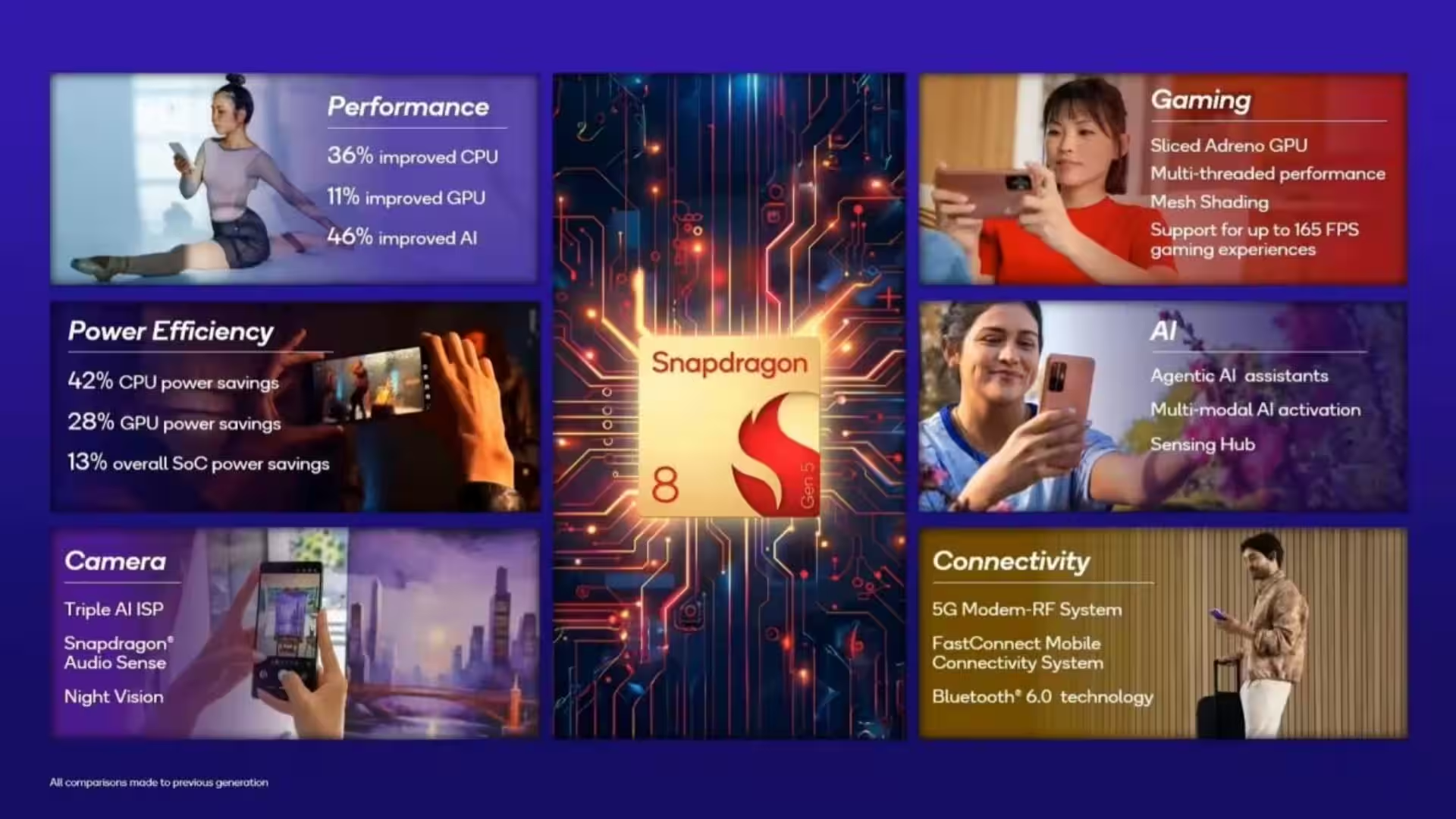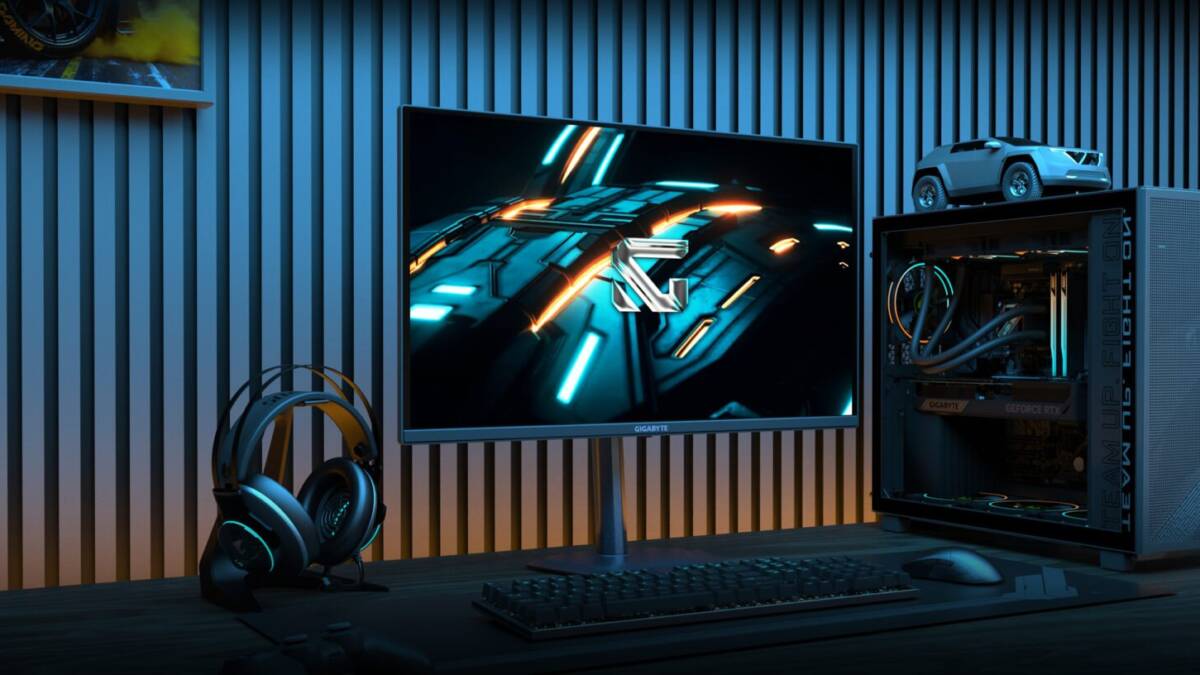All about Apple’s new M5 chip
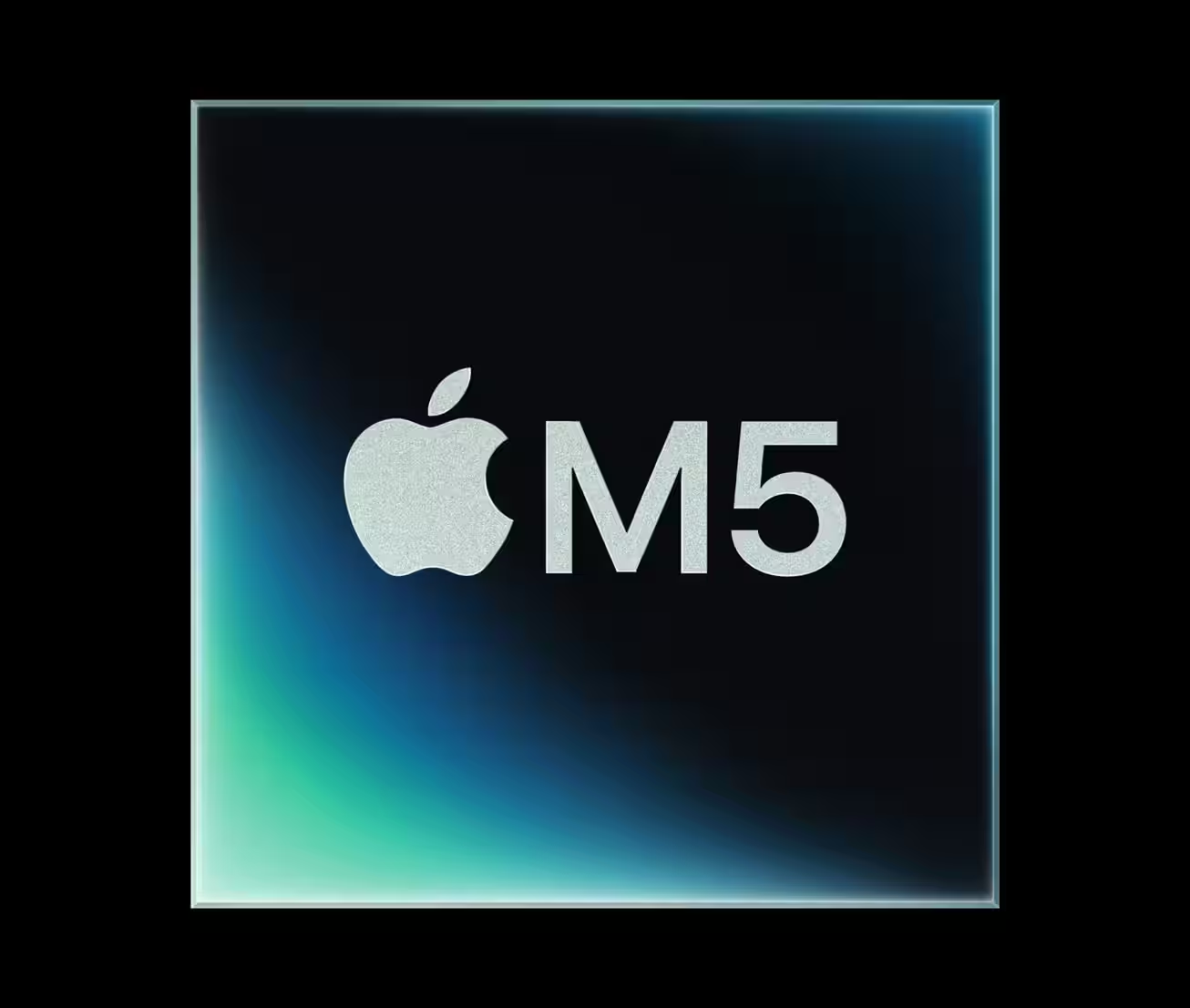
Apple has unveiled its new M5 processor, which is the next big step forward in performance and artificial intelligence technology. Built on the third generation 3nm process, the M5 has a next-generation 10-core GPU with a neuro-accelerator in each core. This enables AI tasks to run significantly faster, delivering more than four times the peak graphics power compared to the M4. The graphics also get improved performance and support for third-generation ray tracing, delivering up to a 45% increase over the previous chip. The processor features the world’s fastest CPU core, with up to 10 cores, including six power-efficient cores and four performance cores. Combined, they deliver up to 15% more multi-threaded performance than the M4. The chip also features an improved 16-core Neural Engine, a new media engine and 153GB/s of combined memory bandwidth – nearly 30 percent faster than the M4. According to Apple’s Senior Vice President of Hardware Technology, Johnny Srouji, the M5 ushers in a new era of performance for artificial intelligence: with neural gas pedals in each GPU core and increased speed of the CPU and Neural Engine, the new chip makes the MacBook Pro, iPad Pro and Vision Pro significantly more powerful and functional. Every compute unit in the M5 is optimized for AI workloads. The new 10-core GPU delivers more than four times the peak power of the M4 and six times the peak power of the M1. This dramatically accelerates applications using generative models and machine learning tools, including Diffusion models and local large language models. The next-generation GPU architecture also boosts graphics performance by up to 30 percent over the M4 and 2.5 times over the M1. Third-generation ray tracing makes graphics more realistic, while new caching technologies deliver smoother gameplay, enhanced 3D and faster rendering. In Apple Vision Pro, the new chip can process up to 10 percent more pixels and increases the refresh rate to 120Hz for a sharper, smoother image. The GPU architecture is tightly integrated with Apple’s proprietary Core ML, Metal Performance Shaders, and Metal 4 frameworks. This means apps automatically get a performance boost, and developers can directly utilize the neural gas pedals through the Tensor API to create advanced AI tools. The next-generation 16-core Neural Engine delivers even greater power efficiency and processing speed, improving AI features across devices. For example, functions on Vision Pro – such as converting 2D photos into spatial scenes and creating digital Persona avatars – are now faster and more stable. Neural Engine also enhances Apple Intelligence capabilities, with tools like Image Playground and generative language models now running with less latency. Developers using the Foundation Models framework can get even better performance. Neural Engine also enhances Apple Intelligence: tools like Image Playground and generative language models now work with less latency. The combined memory bandwidth has been increased to 153GB/s, which is 30% more than the M4 and more than double that of the M1. This allows devices on the M5 to run large AI models entirely locally, without resorting to the cloud. Users will be able to work simultaneously in Adobe Photoshop and Final Cut Pro, maintaining high performance even when loading large files. The M5 is also more energy efficient, helping the new MacBook Pro, iPad Pro and Vision Pro meet Apple’s 2030 environmental program to achieve carbon neutrality by the end of the decade. The M5 chip is available for pre-order now and will be installed in new models of the 14-inch MacBook Pro, iPad Pro and Apple Vision Pro headset.
